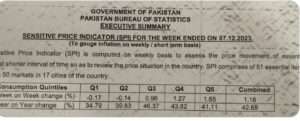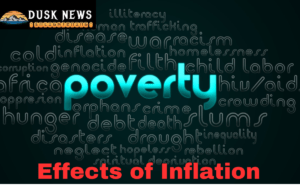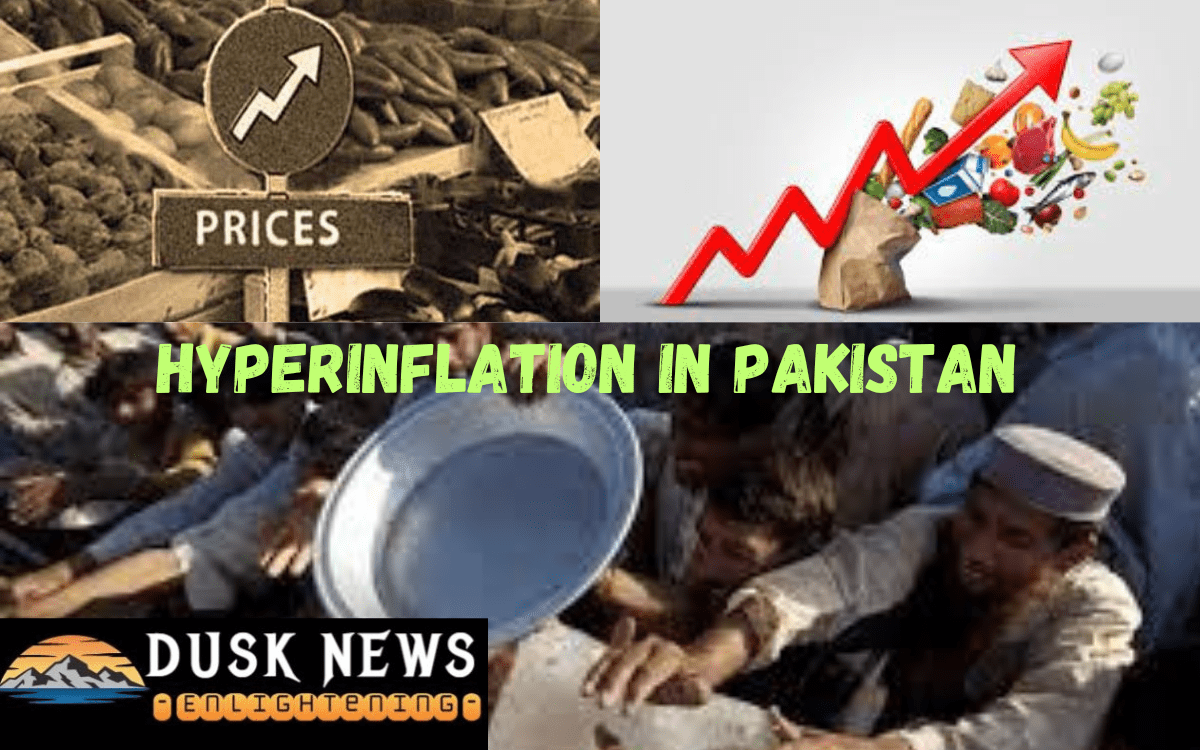|
Getting your Trinity Audio player ready...
|
Inflation in Pakistan and Pakistan Economic Crisis: Is Pakistan facing hyperinflation?
In the bustling landscape of global economies, Pakistan finds itself at a critical crossroads, grappling with the ominous specter of inflation and an economic crisis that has sent ripples through the nation. As we delve into the complexities of this situation, it becomes imperative to understand the nuances of inflation, its historical context in Pakistan, and the looming threat of hyperinflation. Inflation in Pakistan enters in hyper zone. Weekly inflation touched 42.68%.
Understanding Inflation
Inflation, a term often tossed around in economic circles, refers to the persistent increase in the general price level of goods and services over a period. In Pakistan’s case, understanding the root causes of this phenomenon is crucial for navigating the troubled waters of economic instability.
Historical Context
To comprehend the current economic challenges faced by Pakistan, a glance at its historical struggle with inflation is necessary. The nation has witnessed sporadic spikes in inflation over the years, with key factors such as government policies, global economic conditions, and internal dynamics contributing to the turbulence.
Current Economic Indicators
Recent years have seen a surge in inflation rates, directly impacting the purchasing power of the average Pakistani citizen. The cost of living has skyrocketed, making it imperative to assess the immediate repercussions on the population.
Hyperinflation: A Threat?
The ominous term ‘hyperinflation’ looms large over Pakistan’s economic landscape. Hyperinflation, characterized by exorbitant and uncontrollable price increases, poses a severe threat to the stability of the nation’s economy. Are we on the brink of a hyper inflationary crisis?
Root Causes of Inflation in Pakistan
Digging deeper, we scrutinize the core factors contributing to inflation in Pakistan. Economic policies, both domestic and international, play a pivotal role in shaping the inflationary trends. Additionally, external factors, such as global market dynamics and geopolitical events, add layers of complexity to the situation.
Government Initiatives
In response to the escalating crisis, the government has implemented various measures to curb inflation. However, the effectiveness of these policies remains a subject of debate, as public sentiments and economic indicators continue to fluctuate.
Impact on Businesses
Businesses, the backbone of any economy, face unprecedented challenges in a high inflation environment. The article explores the hurdles companies encounter and the innovative strategies adopted to navigate the economic storm.
Socioeconomic Consequences
The societal repercussions of inflation are profound, leading to increased unemployment rates, a surge in poverty, and heightened social unrest. As economic woes compound, the political landscape is inevitably affected.
Global Perspectives
Comparisons with global inflation trends provide valuable insights into the international standing of Pakistan’s economic crisis. International collaborations and aid become crucial lifelines as the nation grapples with internal challenges.
Financial Markets Reaction
Financial markets are not immune to the tremors of inflation. Stock market trends and foreign investments become crucial indicators of the overall economic stability, reflecting the confidence (or lack thereof) of investors in Pakistan’s financial future.
Future Projections
Economic experts weigh in on the future trajectory of inflation in Pakistan, presenting various scenarios and outcomes. The article aims to shed light on the possibilities, preparing readers for what might lie ahead.
Mitigation Strategies
In the face of economic adversity, individuals and businesses need practical strategies to weather the storm. Recommendations for long-term planning and reforms are explored, offering a road map for resilience.
Public Awareness
Promoting financial literacy becomes paramount in times of economic uncertainty. The article discusses the importance of understanding inflation and advocates for educational initiatives to empower the public.
Conclusion
As we navigate the intricate web of Pakistan’s economic crisis, a collective response is imperative. Understanding the multifaceted nature of inflation, evaluating historical patterns, and acknowledging the potential for hyperinflation are crucial steps toward charting a course to stability. The challenges are immense, but with informed decisions and collaborative efforts, Pakistan can emerge stronger.
FAQs
- Is hyperinflation inevitable in Pakistan?
- While the threat exists, proactive measures can mitigate the risk.
- How can businesses survive in a high inflation environment?
- Adaptive strategies, cost-cutting, and innovation are key.
- What role does international aid play in alleviating economic crises?
- International aid can provide crucial support, but sustainable reforms are essential.
- How can individuals protect their finances during inflation?
- Diversifying investments and financial planning are effective safeguards.
- Are there historical examples of countries overcoming hyperinflation?
- Yes, with sound economic policies and international cooperation, nations have recovered from hyper inflationary crises.

